Vintage Anatolian Jijim Rug 5' 5" x 9' 3" (65" x 111")
Type:
Kilim RugsCollection:
JijimsID:
K0072235Size:
Material:
Colors
- Dominant Colors: The rug features a rich palette of earthy tones, including dark browns, deep reds, and hints of yellow.
- Contrasting Elements: Lighter shades of cream are used to outline the motifs, creating a striking contrast against the darker background.
- Color Symbolism:
- Dark Brown: Signifies earthiness and stability.
- Deep Red: Represents passion and life energy.
Colors
- Dominant Colors: The rug features a rich palette of earthy tones, including dark browns, deep reds, and hints of yellow.
- Contrasting Elements: Lighter shades of cream are used to outline the motifs, creating a striking contrast against the darker background.
- Color Symbolism:
- Dark Brown: Signifies earthiness and stability.
- Deep Red: Represents passion and life energy.
- Yellow: Associated with wealth, warmth, and joy.
Design Elements
- Jijim Technique: This traditional weaving technique incorporates fine threads that result in a compact, durable fabric with intricate patterns.
- Main Motifs:
- Diamonds: Symbolize prosperity and protection. Their repetitive nature creates a sense of harmony.
- Cross Patterns: Represent spirituality, with crosses signifying faith and stability, while stars symbolize guidance.
- Geometric Shapes: Convey messages of strength and resilience, reflecting the weaver's intention to protect the home.
- Overall Composition: The arrangement of motifs contains a sense of symmetry and balance, drawing the eye inward to the central designs.
Symbolism of Motifs
- Protection: The diamond shape is not just a decorative element but also represents a protective shield against negative energies.
- Fertility and Abundance: Cross motifs often relate to agricultural fertility, indicating a prayer for bountiful harvests.
- Connection to Nature: The use of earthy colors and organic shapes evokes the natural world and reflects the weaver's deep connection to their environment.
Summary
The vintage Anatolian kilim rug, woven using the jijim technique, stands out with its rich earthy colors and intricate geometric patterns. Each color and motif on the rug communicates deeper meanings related to prosperity, spirituality, and protection. The combination of dark browns, deep reds, and golden accents creates a vibrant yet harmonious design that not only serves as an ornamental piece but also embodies the cultural narratives and beliefs of the weaver.
- Ships in 1-4 business days
- Only one in stock, handmade, unique
- Free shipping via FedEx Express. Easy returns
- Contact us or add a note to your order if you want us to delay your shipping.
- Request more info if you want this rug shorter or narrower
Colors may appear slightly different across various monitors due to screen settings device differences, and external lighting conditions. If color accuracy is important for your space, we recommend viewing the rug on multiple devices or contacting us for a detailed color description. We can provide detailed photos and references using Sherwin-Williams, Benjamin Moore, Pantone, or even Crayola crayons.
You can also visualize most of our products in your own room with AR (augmented reality) on an iPhone or iPad.
Return Policy
Need a rug pad? We recommend RugPadUSA
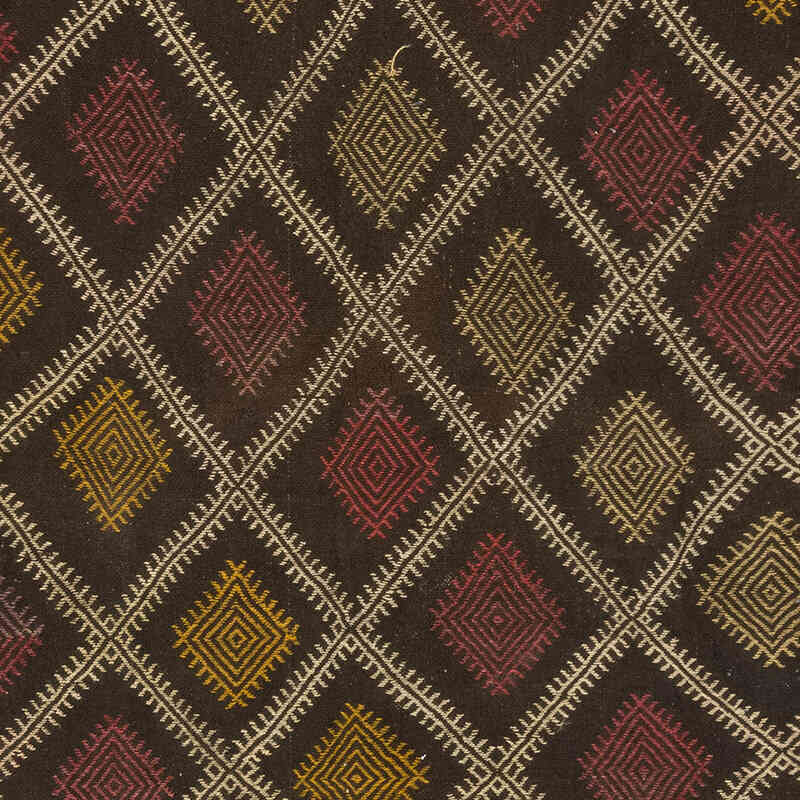
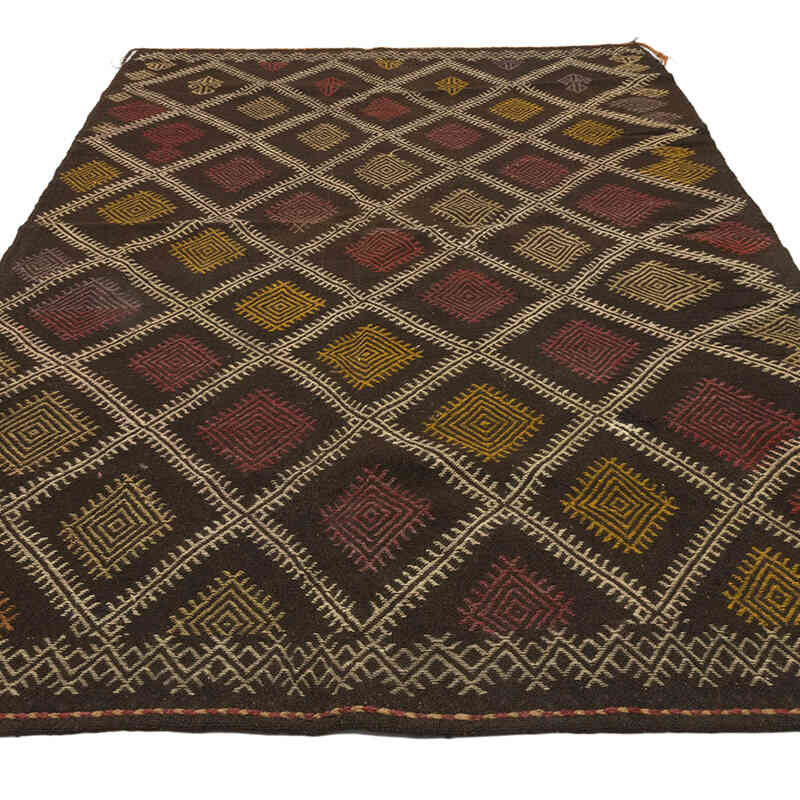
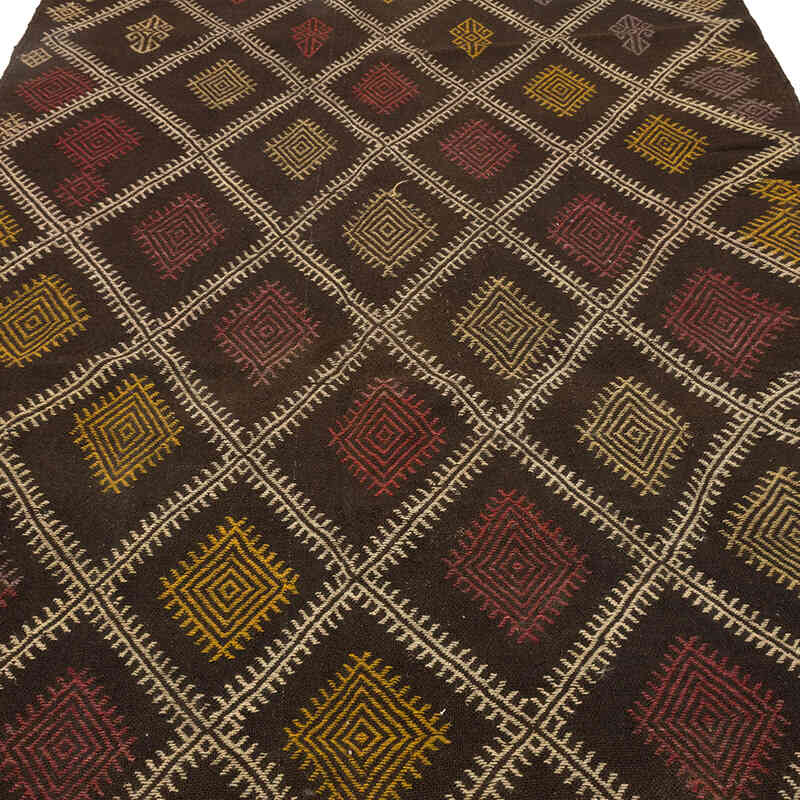
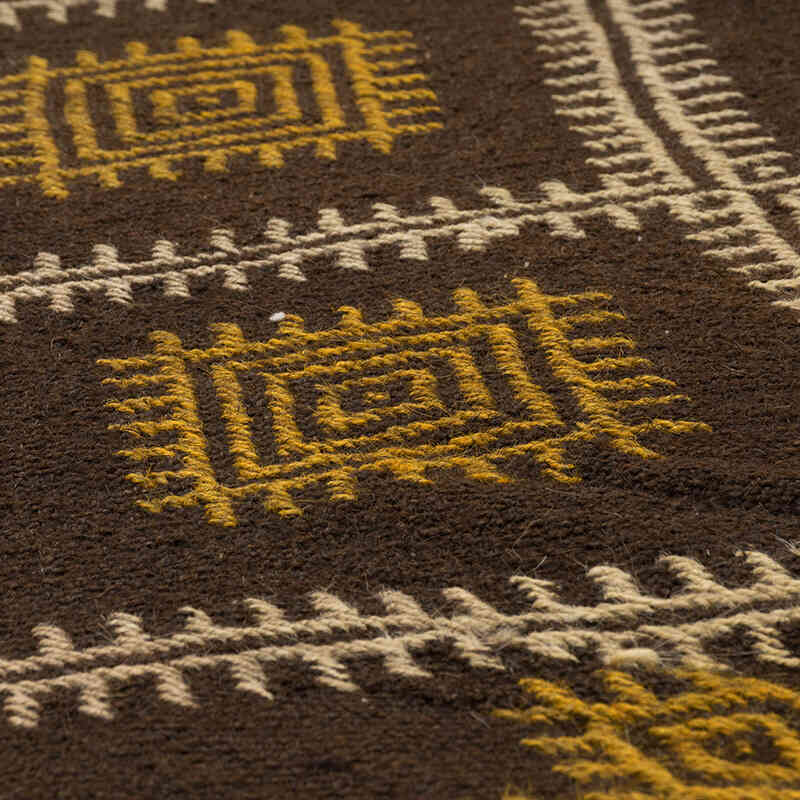
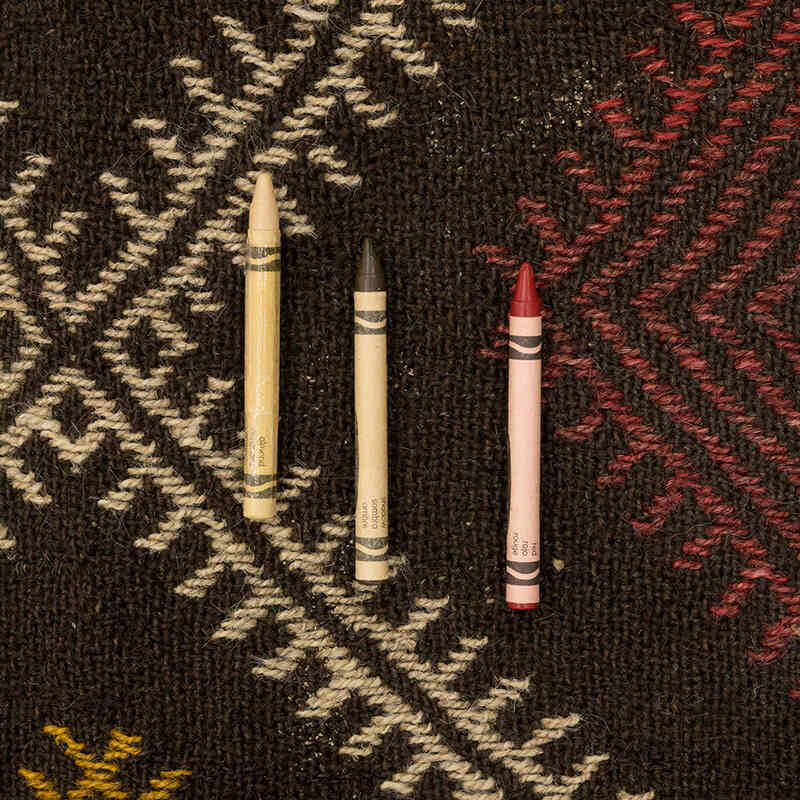
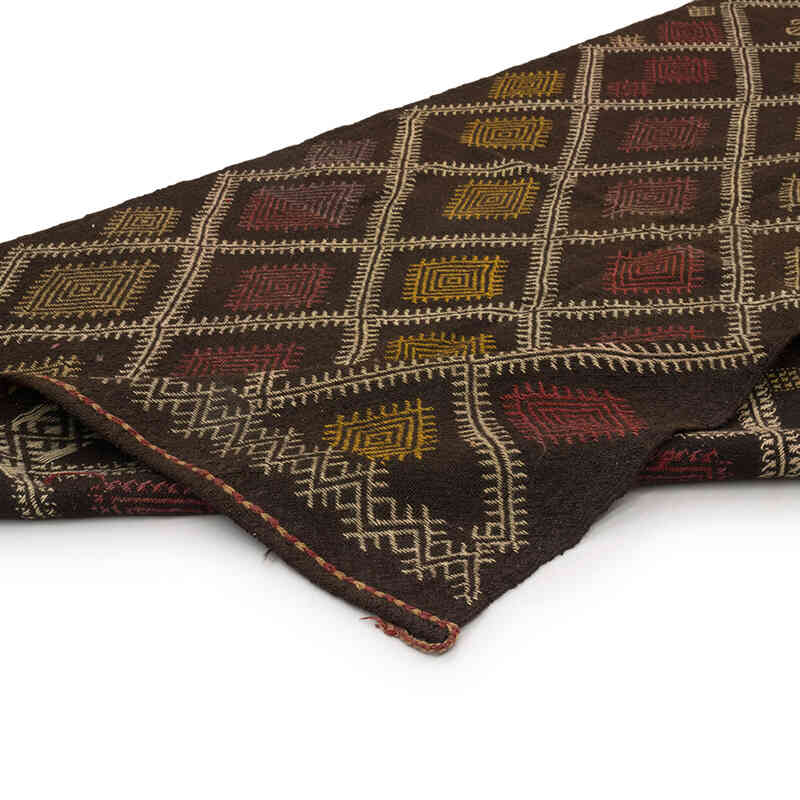
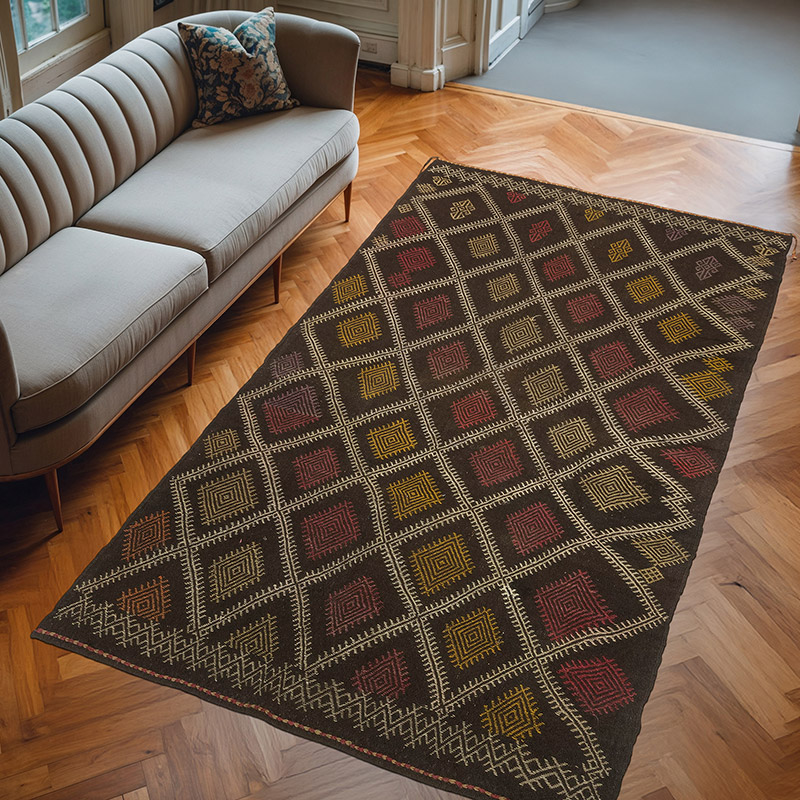
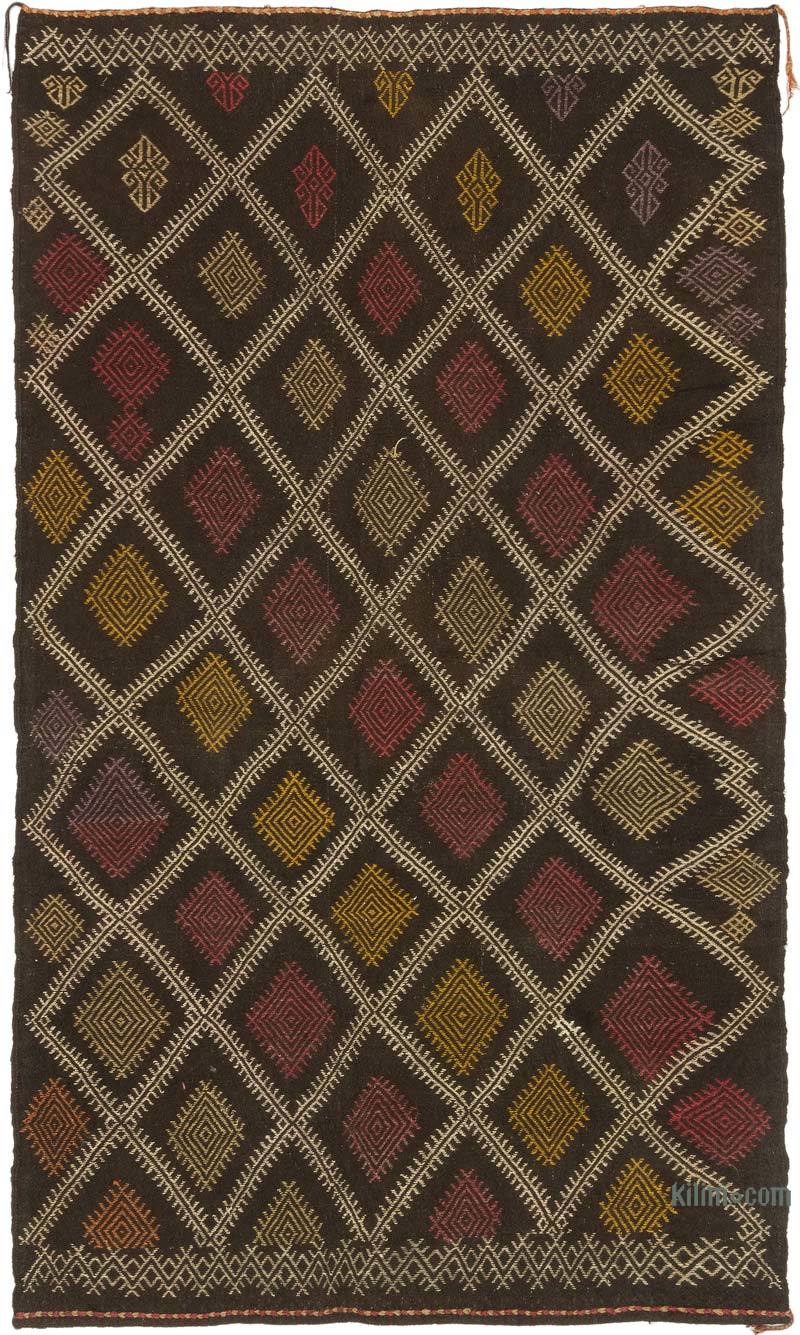
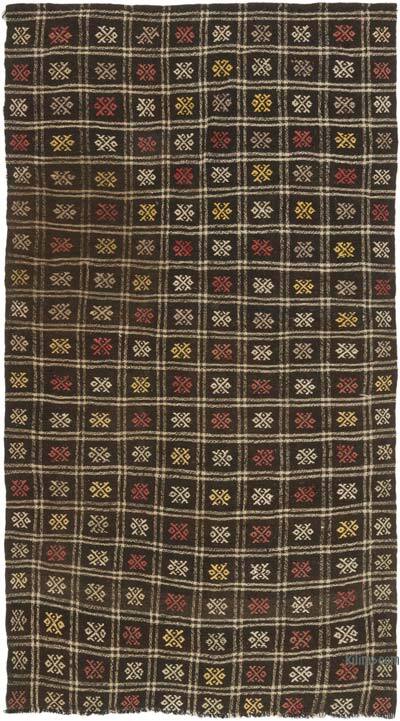
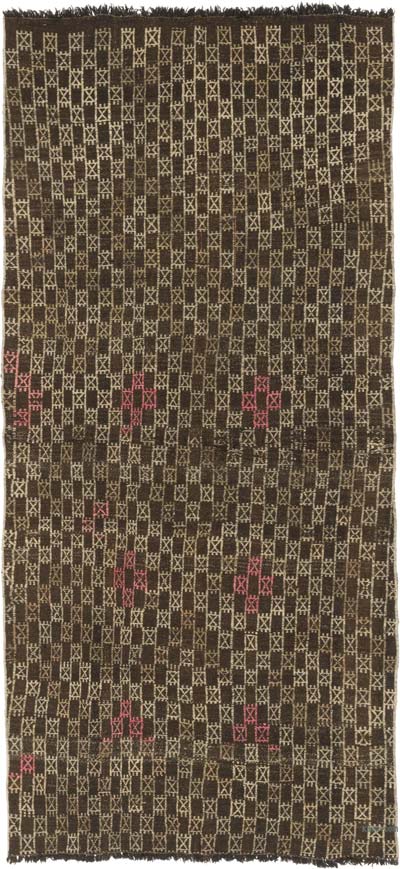
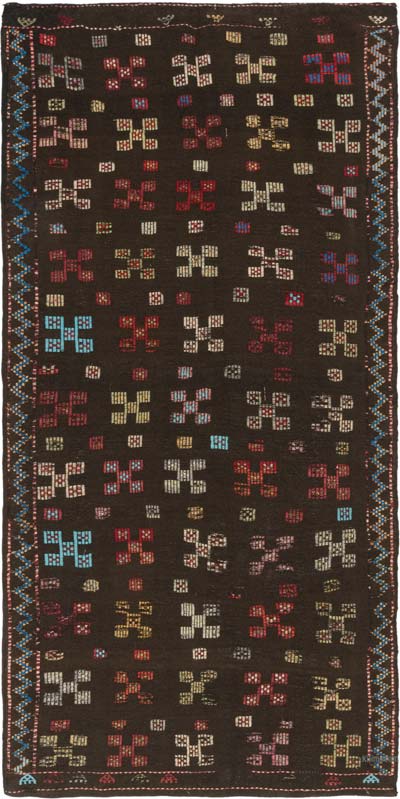
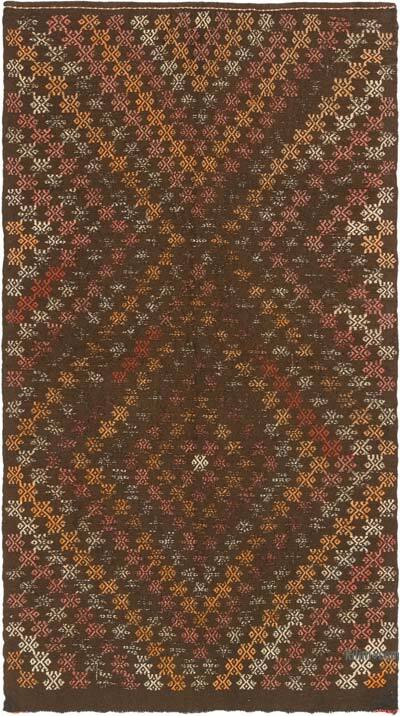
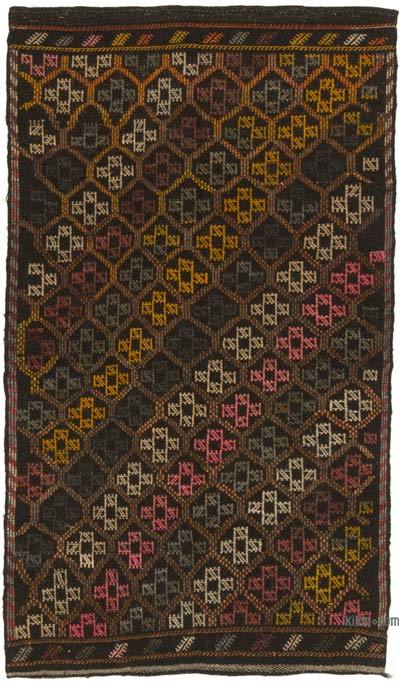
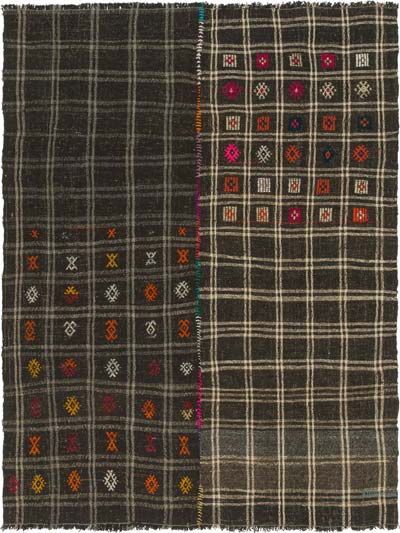
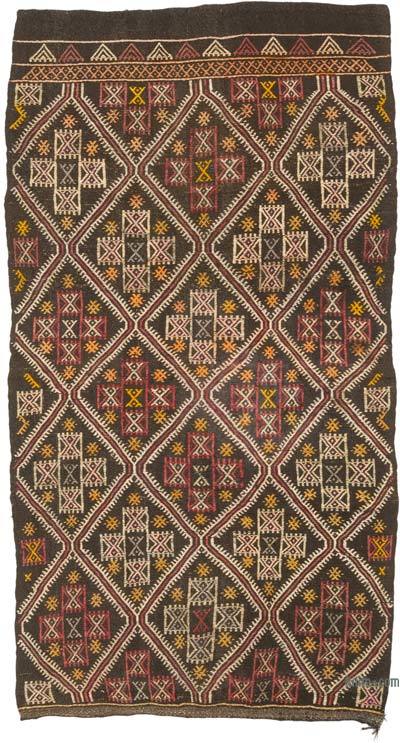
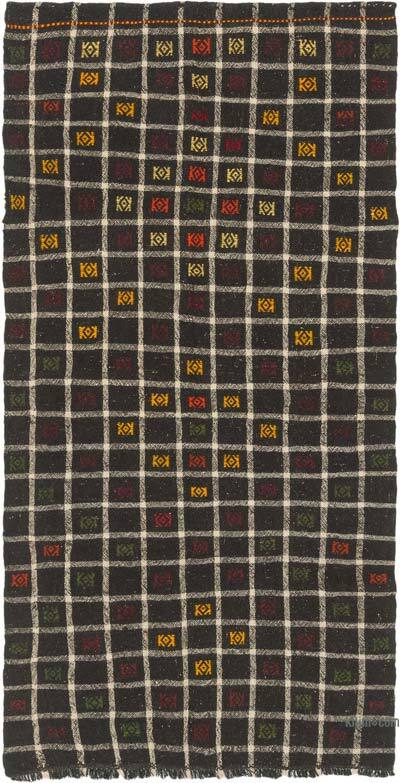

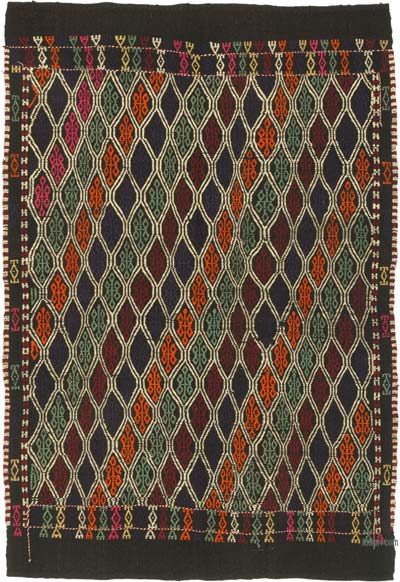
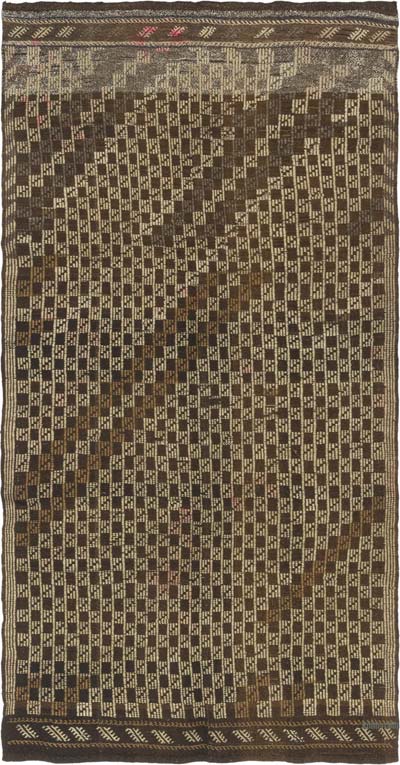
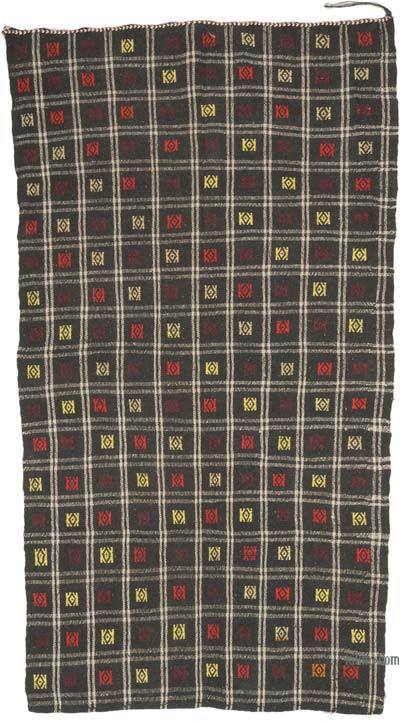
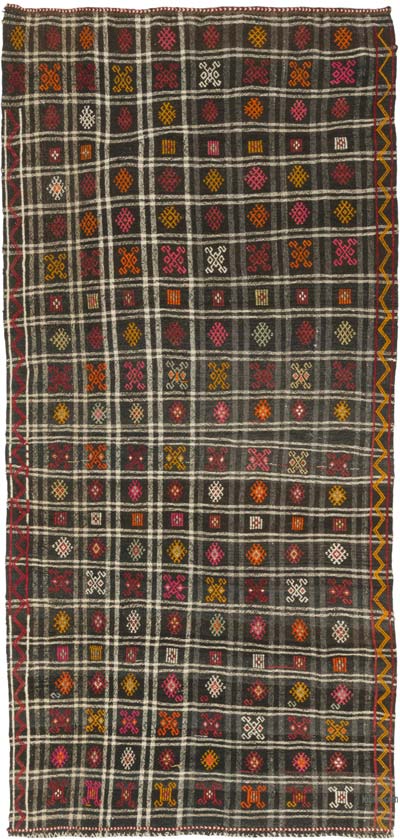
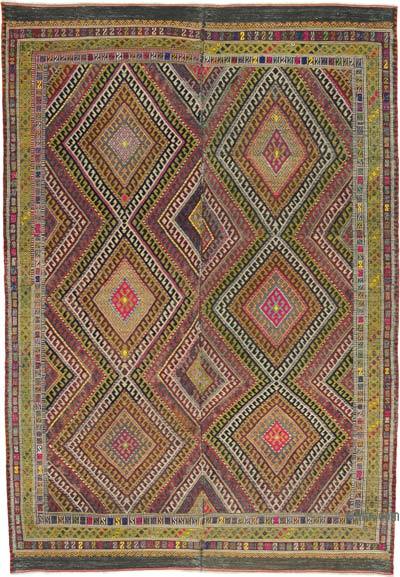
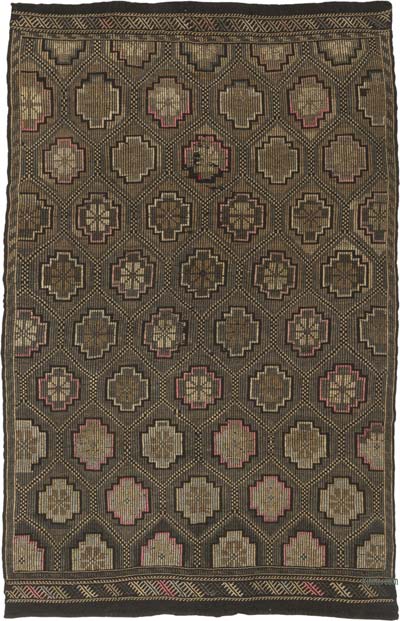
Beautiful rug, perfect buying experience